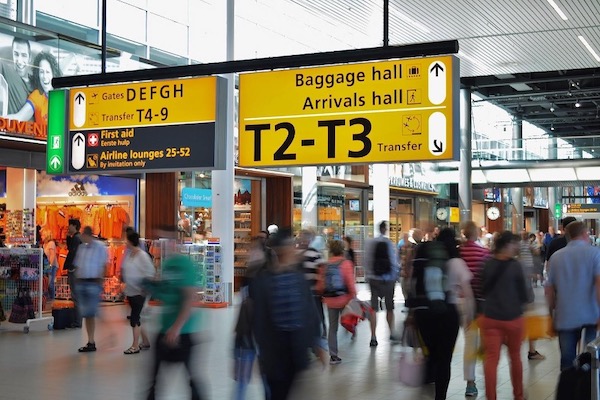The International Air Transport Association (IATA) anticipates a sustained increase in travel demand as summer approaches. Recent figures reveal that March saw a significant spike in passenger traffic, signalling a promising trend for the season.
Despite this optimism, airlines are expressing concerns about the rising costs they are forced to shoulder due to external disruptions. Effective strategies to manage these challenges will be crucial for ensuring a smooth travel experience.
The International Air Transport Association (IATA) projects continued robust demand for travel throughout the upcoming summer season in the northern hemisphere. According to recent data, March witnessed a significant surge in passenger numbers, and this trend is expected to prevail as the year progresses. Key indicators, such as revenue passenger kilometres (RPKs), have seen a substantial increase of 13.8% compared to last year.
Airlines are prepared for customer service challenges, but managing external delays and cancellations remains burdensome. Ensuring a seamless customer experience requires a collective approach from all aviation participants, including airports and air traffic management. Consequently, addressing supply chain and staffing issues becomes crucial as travel demand peaks.
With the current rise in demand, it is imperative that European carriers efficiently allocate resources to sustain growth without compromising service quality. Expanding capacity further requires substantial investment and prudent management of resources.
Opponents of the tax increase suggest that the government should focus on long-term strategies to bolster economic competitiveness rather than short-term revenue gains.
Investment in technology and infrastructure is essential to prevent disruptions. Without these improvements, the anticipated growth in travel could lead to significant challenges in passenger handling and service delivery.
Supply chain disruptions have exacerbated operational complexities, leading to delays and inefficiencies. Collaboration across sectors is vital to synchronise efforts and establish a more resilient aviation network.
The IATA’s projections indicate a positive outlook for the travel industry, but several challenges remain. Addressing operational inefficiencies and capacity constraints is essential for sustaining growth. With effective collaboration and strategic investments, the aviation sector can turn these challenges into opportunities, ensuring a more robust and sustainable future.
IATA’s outlook on travel demand remains promising. However, overcoming the challenges of operational costs and infrastructure capacity will require collective efforts from all stakeholders.
Only through strategic collaboration can the aviation sector ensure continued growth and a seamless travel experience for passengers.

